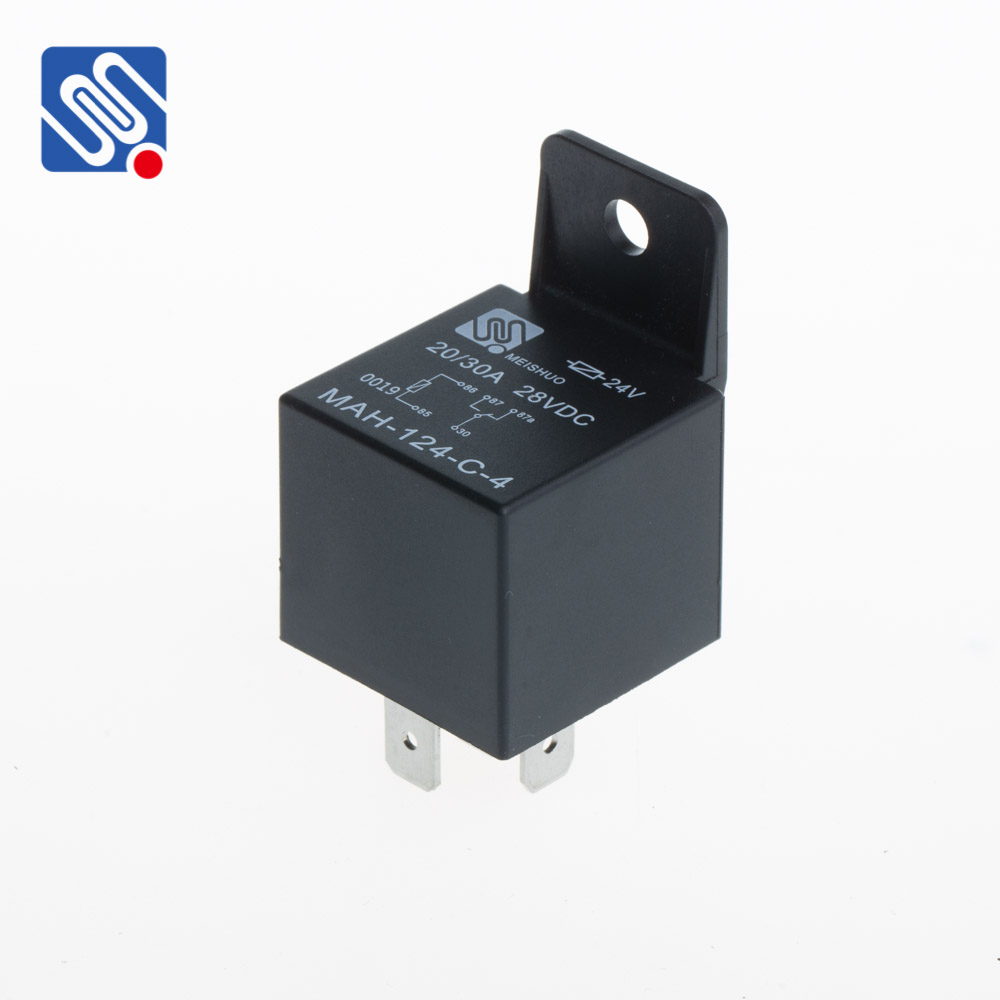comprehensive relay operation guide for efficient control and safety
Release time:2025-10-21 01:23:19
A relay is an electrical device that acts as a switch, which is controlled by an electrical current or signal. It plays an essential role in automation, electrical control, and protection systems. In this relay operation guide, we will explore the basic functions, types, installation, troubleshooting, and maintenance practices associated with relays to help ensure that they operate effectively and safely.

Understanding Relays
At its core, a relay consists of an electromagnet (coil), armature, contacts (switches), and a spring. When a current flows through the coil, it creates a magnetic field, which moves the armature and either opens or closes the contacts. This action allows the relay to control circuits that are electrically isolated from the triggering circuit, making it an essential component in controlling high-power circuits with low-power control signals.
Types of Relays
There are various types of relays, each designed for specific functions. Understanding the different types is critical for selecting the right relay for your application:

